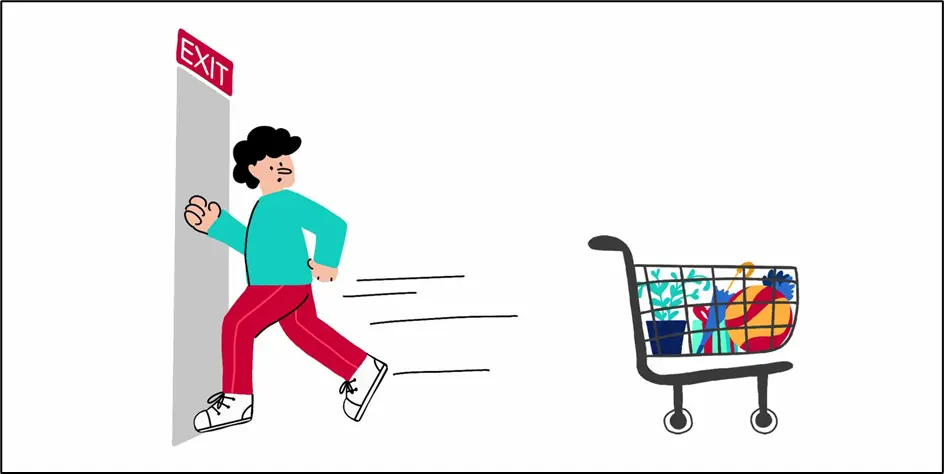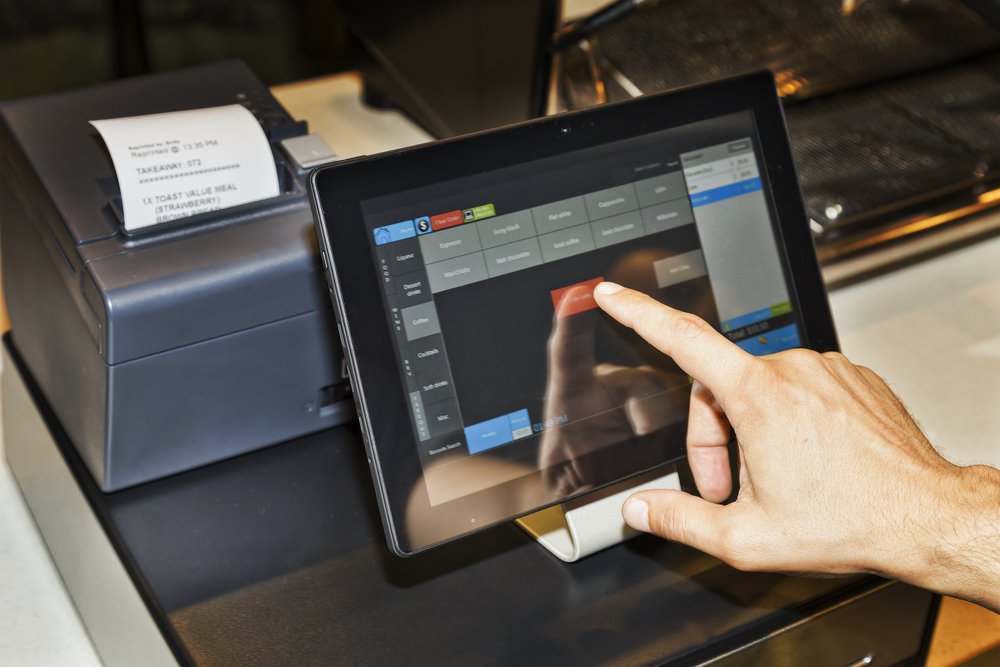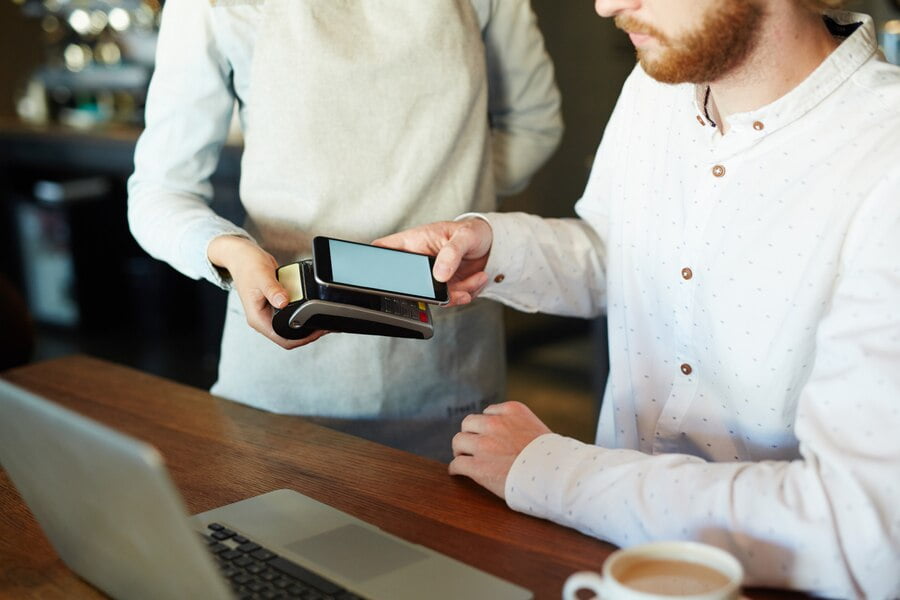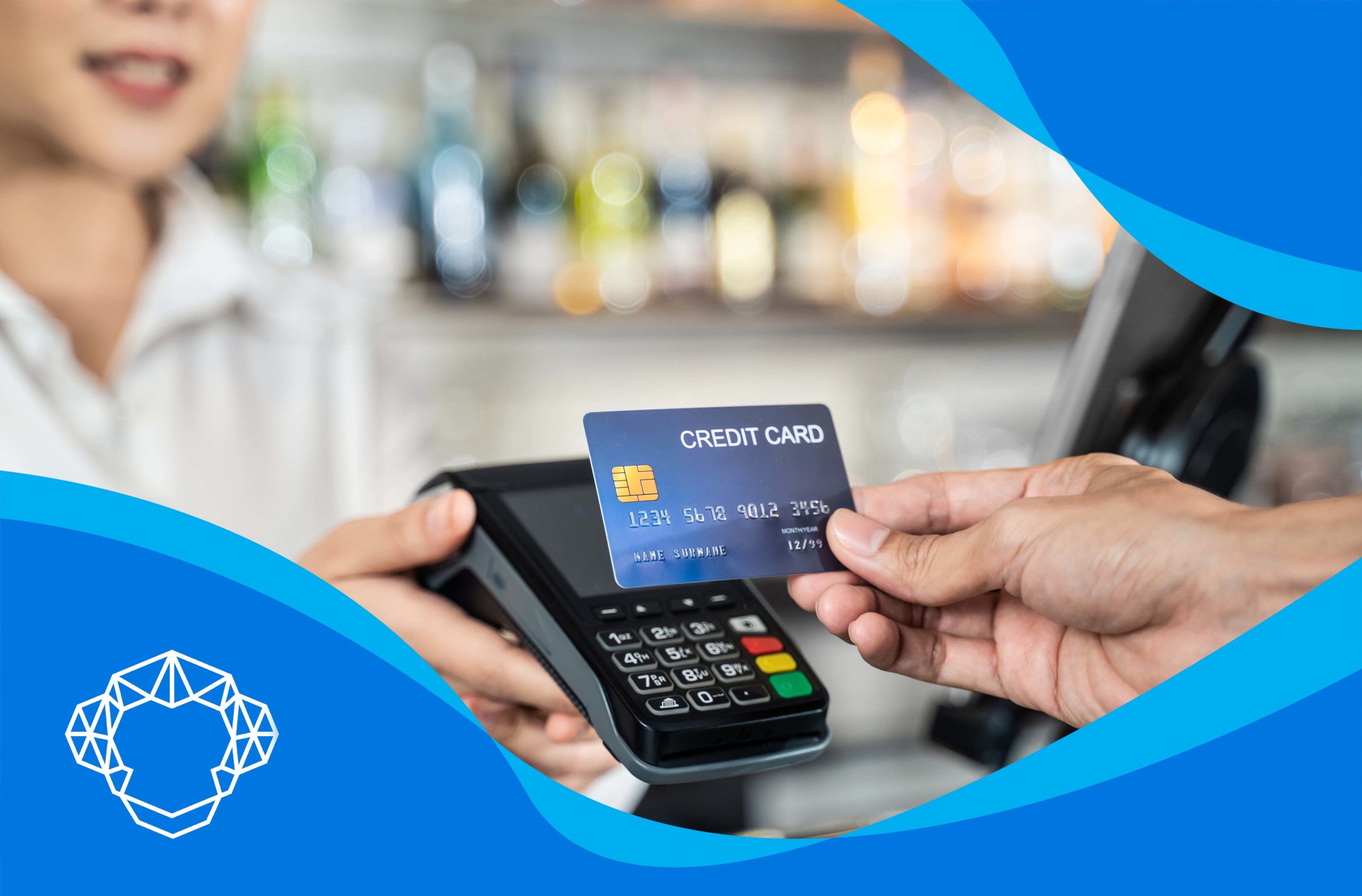Gamified Checkouts: Turning Transactions into Engaging Experiences

In a world where attention spans are shrinking and competition for customer loyalty is fierce, businesses are constantly seeking innovative ways to stand out. Enter gamified checkouts—a creative blend of gaming mechanics and transactional processes that transforms mundane purchases into interactive, memorable experiences. By integrating elements like rewards, challenges, and instant gratification into the checkout process, businesses are not only boosting engagement but also driving higher sales and customer retention. Let’s explore how gamified checkouts are revolutionizing the retail landscape and why they’re more than just a passing trend.
What Are Gamified Checkouts?
Gamified checkouts incorporate game-like features into the purchasing process to make it more engaging and enjoyable. Think of spinning a digital wheel for discounts, earning points for completing a purchase, or unlocking exclusive rewards after hitting a spending threshold. These mechanics tap into the human love for play, competition, and achievement, turning what was once a routine transaction into an exciting experience.
Why Gamification Works
- Psychological Appeal: Gamification leverages behavioral psychology principles like instant rewards, progress tracking, and a sense of accomplishment. These elements trigger dopamine release, making customers feel good about their purchase.
- Increased Engagement: Interactive elements capture attention, reducing cart abandonment rates. For example, a “spin-the-wheel” discount can entice hesitant shoppers to complete their purchase.
- Enhanced Loyalty: Gamified checkouts often include loyalty programs where customers earn points or badges for repeat purchases, fostering long-term relationships.
- Data Collection: Gamification encourages customers to share preferences and feedback, providing businesses with valuable insights to refine their offerings.
Real-World Examples of Gamified Checkouts
- Spin-to-Win Discounts: Many e-commerce platforms offer a virtual wheel that customers can spin after adding items to their cart. Prizes might include discounts, free shipping, or bonus loyalty points.
- Progress Bars: Online retailers like Amazon use progress bars to show customers how close they are to earning free shipping, encouraging them to add more items to their cart.
- Scratch Cards: After checkout, customers can “scratch” a digital card to reveal discounts or rewards for their next purchase.
- Loyalty Tiers: Starbucks’ rewards program gamifies the checkout process by offering stars for each purchase, which unlock higher tiers and exclusive perks.
How POS Systems Enable Gamified Checkouts
Modern Point-of-Sale (POS) systems are the backbone of gamified checkouts, providing the technology needed to implement these features seamlessly. Here’s how:
- Integration with Loyalty Programs: POS systems like Square and Shopify POS allow businesses to create and manage loyalty programs, tracking customer points and rewards in real time.
- Customizable Promotions: Advanced POS platforms enable retailers to design gamified promotions, such as “Buy 3, Get 1 Free” or “Spend 50,Earna50,Earna10 Gift Card.”
- Interactive Displays: In-store POS systems can incorporate gamified elements on digital screens, like trivia questions or mini-games, to entertain customers while they wait.
- Data Analytics: POS systems track customer behavior, helping businesses identify which gamified features drive the most engagement and sales.
Benefits for Businesses
- Higher Conversion Rates: Gamified checkouts reduce cart abandonment by making the process more engaging.
- Increased Average Order Value (AOV): Customers are more likely to add items to their cart to unlock rewards or reach spending thresholds.
- Improved Customer Retention: Gamification fosters emotional connections, encouraging repeat visits.
- Competitive Edge: Unique checkout experiences differentiate brands in crowded markets.
Challenges to Consider
While gamified checkouts offer numerous benefits, they’re not without challenges:
- Overcomplication: Too many gamified elements can overwhelm customers or slow down the checkout process.
- Cost of Implementation: Developing custom gamification features may require upfront investment in technology and design.
- Balancing Fun and Functionality: The checkout process must remain quick and intuitive, even with added gamified elements.
The Future of Gamified Checkouts
As technology evolves, so will the possibilities for gamified checkouts. Here’s what to expect:
- Augmented Reality (AR): Imagine scanning a QR code at checkout to play an AR game that reveals discounts or prizes.
- Blockchain-Based Rewards: Cryptocurrency and NFTs could be integrated into gamified loyalty programs, offering unique digital assets as rewards.
- AI-Powered Personalization: AI will tailor gamified experiences to individual preferences, ensuring maximum engagement.
- Social Integration: Customers might compete with friends for discounts or share their rewards on social media, amplifying brand reach.
Getting Started with Gamified Checkouts
- Choose the Right POS System: Opt for a platform that supports gamification features, such as loyalty programs, customizable promotions, and interactive displays.
- Start Simple: Begin with basic gamified elements like spin-to-win discounts or progress bars, then expand as you gauge customer response.
- Test and Optimize: Use POS analytics to measure the impact of gamification on sales and engagement, refining your approach over time.
Conclusion
Gamified checkouts are more than just a gimmick—they’re a powerful tool for turning transactions into engaging, memorable experiences. By leveraging the psychological appeal of games and the capabilities of modern POS systems, businesses can boost sales, foster loyalty, and stand out in a competitive market. As consumer expectations continue to evolve, gamification will play an increasingly vital role in shaping the future of retail.






